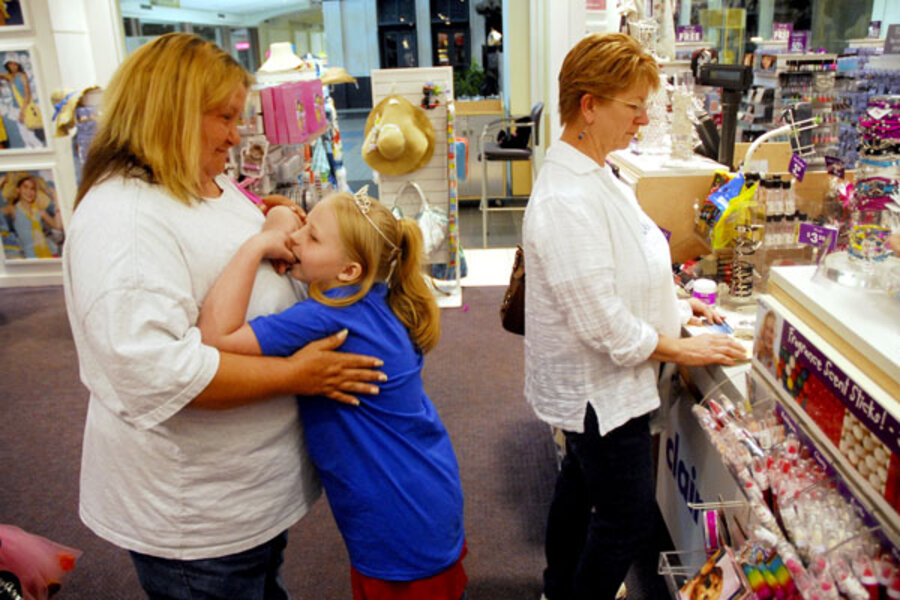Creating a laboratory out of a messy world: a look at how economists work
Loading...
UCLA's Elinor Ochs has her research profiled on the front page of the New York Times today. In this article , we learn about how she spent $9 million dollars to videotape 32 Los Angeles families over the years 2002 to 2005.
"“This is the richest, most detailed, most complete database of middle-class family living in the world,” said Thomas S. Weisner, a professor of anthropology at U.C.L.A. who was not involved in the research. “What it does is hold up a mirror to people. They laugh. They cringe. It shows us life as it is actually lived.” "
We learn some new facts from this research.
"Mothers still do most of the housework, spending 27 percent of their time on it, on average, compared with 18 percent for fathers and 3 percent for children (giving an allowance made no difference).
Husbands and wives were together alone in the house only about 10 percent of their waking time, on average, and the entire family was gathered in one room about 14 percent of the time. Stress levels soared — yet families spent very little time in the most soothing, uncluttered area of the home, the yard."
Stress levels were measured with a saliva sample (4 a day).
WHAT is my point? Professor Ochs created an excellent laboratory but it appears that she didn't run any field experiments here. She observes 32 familes for months in continuous time. Suppose that she used a random number generator to decide which households at which dates for them to receive a "treatment". This treatment could have been something related to my own research such as a Home Energy Report informing them how their electricity consumption compares to their neighbors or it could have been something silly like a free pizza. In each of these cases, she could have explored "cause and effect" ; what happens next when a randomized treatment arrives? Now, if Professor Ochs was feeling daring --- she could have examined what happens to family dynamics if an old boyfriend of the wife appears or if there is an IRS tax audit. These would be high stakes treatments! My big point is to contrast how economists go about their business versus what the anthropologists do. Professor Ochs created a fantastic setting for watching a field experiment play out but at least as far as I can tell --- no randomized treatments were attempted.
NEW Point
If you believe that urban dogs pose challenges to green cities, read this . I like this quote;
Copon, for his part, says the campaign isn't working. So he has become a vigilante, accosting strangers who are too busy talking on their cellphones to pay attention to what their dogs are doing to his building.
First he demands to know where they live, then snaps: "Now I'm going to go pee on your front door!"
Copon, who speaks with a rough French accent, said he thinks many downtown dogs are simply accessories.
"It's very fashionable," he said. "You go downtown, you gay, you have tattoo, you have dog."
Mr. Copon --- you are very funny.
Add/view comments on this post.
------------------------------
The Christian Science Monitor has assembled a diverse group of the best economy-related bloggers out there. Our guest bloggers are not employed or directed by the Monitor and the views expressed are the bloggers' own, as is responsibility for the content of their blogs. To contact us about a blogger, click here. To add or view a comment on a guest blog, please go to the blogger's own site by clicking on the link above.





